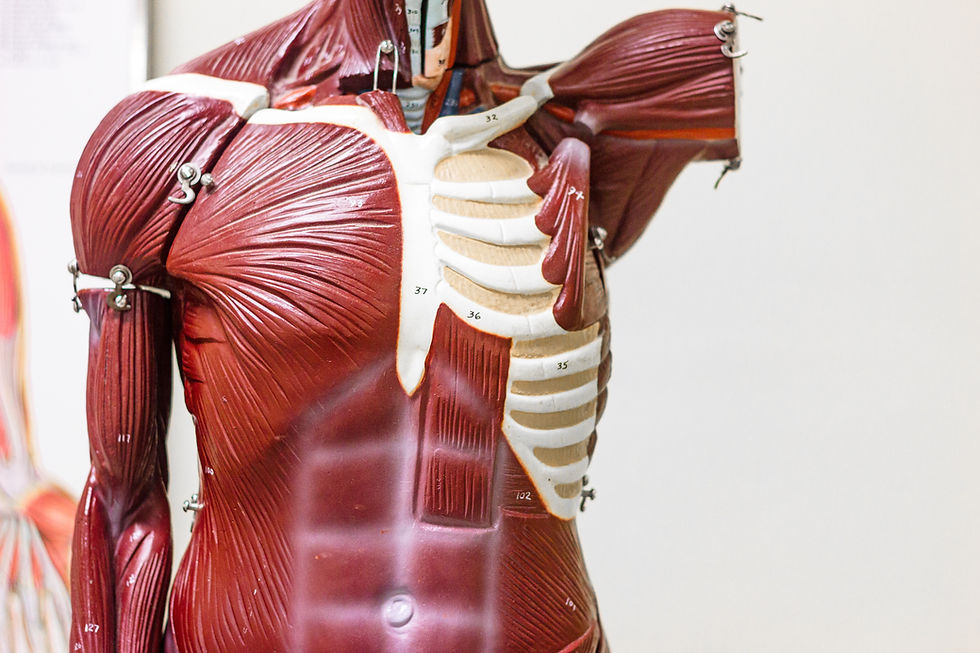Bacteriophages: The New Antibiotic?
- Imtiyaz Basher
- Aug 6, 2023
- 4 min read
Updated: Nov 2, 2023
Introduction
Since penicillin, the first true antibiotic, was discovered in 1928 by Alexander Fleming humanity has enjoyed longer, more comfortable lives. This “miracle cure” at the time killed bacteria like meningococcus, and streptococcus, both of which were deadly diseases which caused about a million deaths every year. The activity of these pathogens has plummeted over the years thanks to this. However, due to the rising level of antimicrobial resistance and the lack of new antimicrobials being developed, medical professionals are looking into a new form of killing bacteria – Bacteriophages (Phages). Phages are viruses solely orientated on killing bacteria and could prove to be a much more effective answer to bacterial infections than antibiotics are.
Bacteriophages in action
Phages infect bacteria cells in the same way they would infect animal or plant cells since they are simply viruses for bacteria. They have two primary life cycles: lytic and lysogenic, which they can switch between to make the infection of a bacteria colony more effective.
The former is what most would consider a more typical viral infection, with the phages latching onto the cell wall of the bacterium and injecting its genetic material into it. This information then hijacks the organelles in the bacterium, such as its ribosomes to get the bacterium to produce the phage’s proteins. This eventually causes the cell to split via lysis, spreading new phages to infect more bacteria cells, hence restarting the cycle.
The lysogenic cycle is slightly different – instead of using a more short-term plan to spread its genetic information, the phage integrates its own DNA into the bacterium’s genome. Instead of immediately triggering cell lysis, the phage’s genetic information remains dormant in the bacterium genome and is replicated and passed on as well as the bacteria replicating itself. When the bacterium then begins to experience environmental stressors, such as starvation or exposure to toxic chemicals, the phage DNA removes itself from the genome and joins the lytic cycle as the proteins begin to be produced.
Advantages
Phages as a replacement for antibiotics have been considered since the early 1940s, one of the biggest reasons being due to their effectiveness. In a study conducted in 2001, they found the results of a collection of tests from around Eastern Europe; in Poland, two strains of postoperative cancer infections (Staphylococcus and Pseudomonas) were treated using either antibiotic or phage therapy. The results showed that the Bacteriophage Therapy group had an 82% success rate, and the antibiotics only had a 61% success. While the results of this test are slightly outdated (1989) many other tests in the then Soviet Union had similar promising results. The fact that phages can surpass antibiotics in clinical testing is the reason why scientists now are looking into them as a substitute for antibiotics in order to find a solution to the growing antibacterial resistance.
Another reason why phages would far outperform antibiotics is through their specificity when killing stands of bacteria. Unlike antibiotics, which perform on a much more general level, phages have specifically evolved to target a single or in some cases a small group of related bacteria. This means that instead of killing bacteria which have a positive impact on you, supporting your gut health for example, as well as the pathogenic strands, it can help reduce the collateral damage of the treatment by only killing the targeted colony. In fact, antibiotics have been shown to alter the microbial ecology which in turn has been implicated in changes in how the immune system reacts to both pathogens and vaccines. So, the phages may provide an alternative way to treat infections without any risk to our internal microbiome.
Furthermore, bacterial resistance to phages is also a much lower concern than for antibiotics, since the cost a bacteria incurs for developing adaptations to phages often results in infectivity dropping or becoming more susceptible to more typical antibiotics. This would mean that perhaps a dual treatment plan, with phage therapy and chemical-based antibiotics may become a more effective way of treating diseases without contributing overly to the growth of infectious, antibiotic-resistant strains of bacteria.
Disadvantages
Obviously one of the most blatant issues with the development of phage therapy as a replacement for antibiotics is a lack of testing in a clinical setting. Compared to antibiotics, phages do not have as many ongoing developments testing, mainly due to their new, experimental nature. Antibiotics therefore have side effects which are much more well researched, and people feel more comfortable taking them compared to phages. Saying this, there are a few commercially available phage treatments approved by the FDA, so a future in phages seems possible.
The specificity of bacteriophages can also be one of its biggest flaws since it means that bacteria must be identified before any treatment can proceed, as two different types of phages will only target a single species of bacteria most of the time. Whilst some research has been put into trying “bacteriophage cocktails” to potentially target multiple types at once, the much more general effect of antibiotics is something which cannot be replicated with phage therapy. This could offset the benefit of its high effectiveness, and lead to multiple different courses of phage needing to be pursued, whereas there would be less work to find a suitable antibiotic to use.
Conclusion
To conclude, bacteriophages seem to have a lot of potential in the new world of medicine, which is developing, where antibiotics may not work as efficiently in the future. While it must be said that more rigorous testing must be done before releasing phage therapy as a more mainstream version of combat against bacteria, its potential as the next penicillin is plain to see from the early tests. If we are to find an alternative to antibiotics, bacteriophages seem like a very promising path of action.


